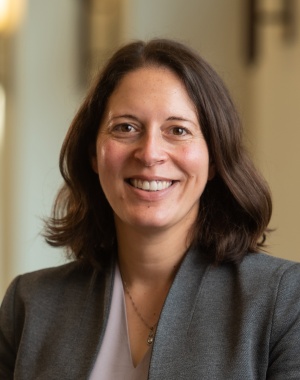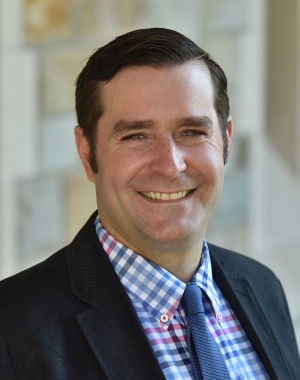
One of Michigan's largest financial aid programs offers great promise in boosting college affordability as well as the number of college graduates—with room to reach many more who qualify for it.
The Tuition Incentive Program provided roughly $94 million in financial aid to about 32,000 students across the state in the 2023-24 school year. Yet many eligible students don't participate in TIP—which covers community college tuition and some fees for students receiving Medicaid during childhood—unaware of the aid or facing difficulty navigating the process to get it.
The findings come from research by the University of Michigan's Education Policy Initiative at the Ford School of Public Policy.
The research reveals while more than a third of high school graduates are eligible, only 14% of those who qualify participate within two years—and 29% of eligible community college students do. Research cites a backpack full of reasons: complexity of the application process, a lack of information on eligibility and details, the hassle and stigma associated with the process.
"We know that students can get bogged down in the application process of applying for financial aid, and that simplifying the process of applying for aid tends to increase take-up," said study co-author Katherine Michelmore, associate professor of public policy.
Researchers combined data from several sources, including the Michigan Department of Education, Center for Educational Performance and Information, and the Michigan Department of Lifelong Education, Advancement, and Potential, that allowed them to follow students as they progressed in K-12 education through college enrollment and financial aid receipt at postsecondary institutions across the state.
That data was paired with records from the Michigan Department of Health and Human Services, which allowed them to observe students' participation in Medicaid. The program provides health insurance coverage to children from low-income backgrounds and determines students' eligibility for TIP.
The study found that clear information about eligibility is critical to take-up, and students with early and consistent Medicaid enrollment have higher take-up than others. Participation also has been higher at schools with greater filing rates for the Free Application for Federal Student Aid.
The latter finding is one clue to lower rates of participation in the tuition program. Only about half of high school graduates fill out the FAFSA, which is required to receive the aid though the application isn't used to determine financial need.
The researchers say Michigan and other states should consider the relationship between the program and FAFSA, which is important for ensuring federal resources are being used to meet students' needs but shouldn't be a barrier to receiving aid from a tuition program that doesn't use it to determine eligibility.
Among the study's other recommendations: Provide a list of all eligible students to all participating institutions (especially community colleges) annually so the program is included in financial aid packages by default. On the other end, continue to inform students about their eligibility through multiple channels throughout and after high school.
"TIP has many features we'd like to see in other programs nationally—students find out early so they can make plans, it can be combined with the federal Pell Grant and it is mostly guaranteed if students are initially eligible," said study co-author Kevin Stange, professor of public policy and co-director of the Ford School's Education Policy Initiative. "These are all great, but if students don't know about the program or their eligibility for it, that is a problem."
Still, Stange says the state is working to address these issues.
"We are delighted to see all the efforts around the Community College Guarantee prioritize getting the word out that college in Michigan is affordable to everyone," he said.
In addition to Michelmore and Stange, the study's co-authors are Kelcie Gerson and Nathan Sotherland, predoctoral fellows at U-M, and Marissa Thompson, associate professor of sociology at Columbia University and former postdoctoral fellow at U-M.
The study is funded by a U.S. Department of Education and Institute of Education Sciences grant to U-M. The opinions expressed are those of the authors and do not represent views of the institute or department.
Written by Jeff Karoub, Michigan News

